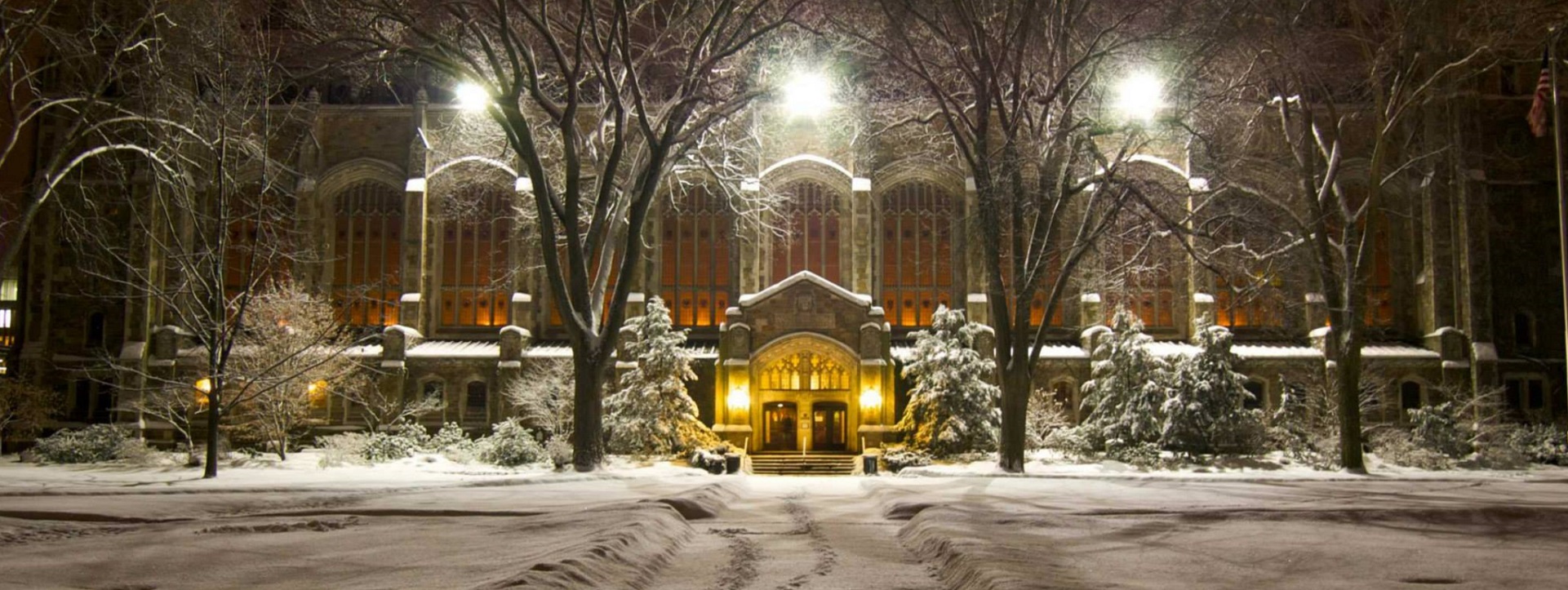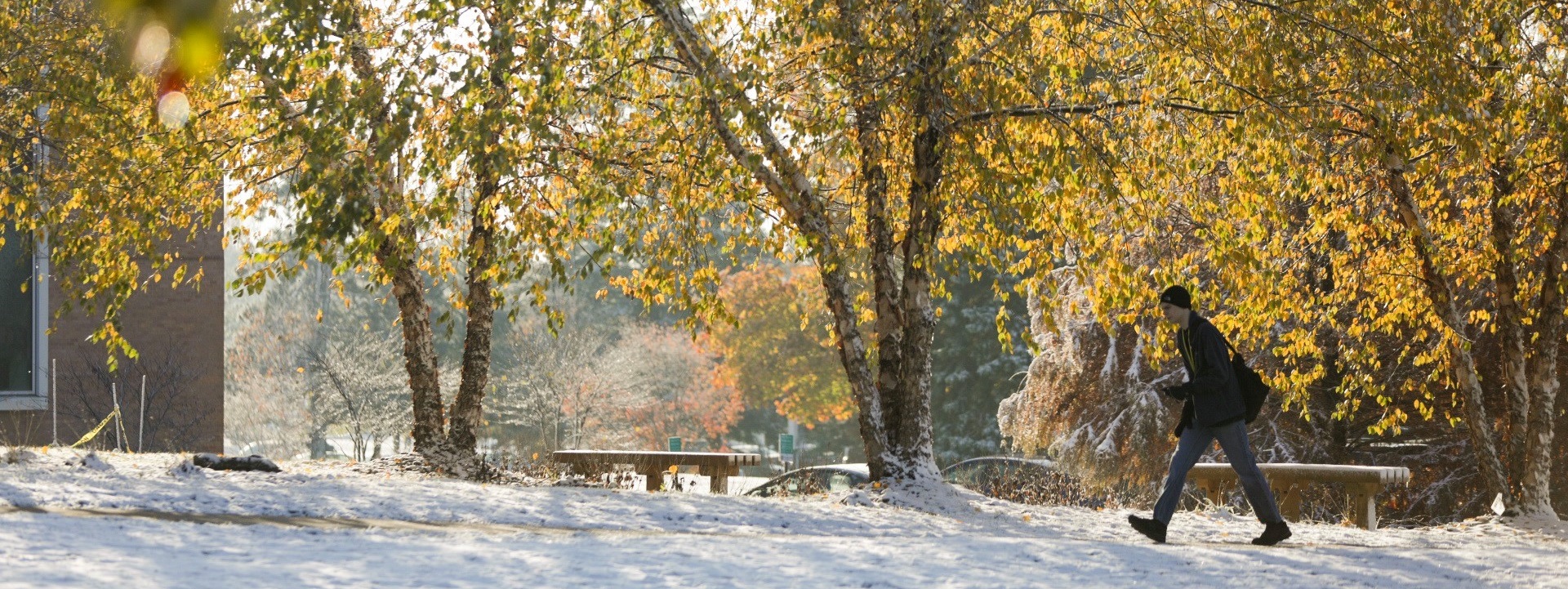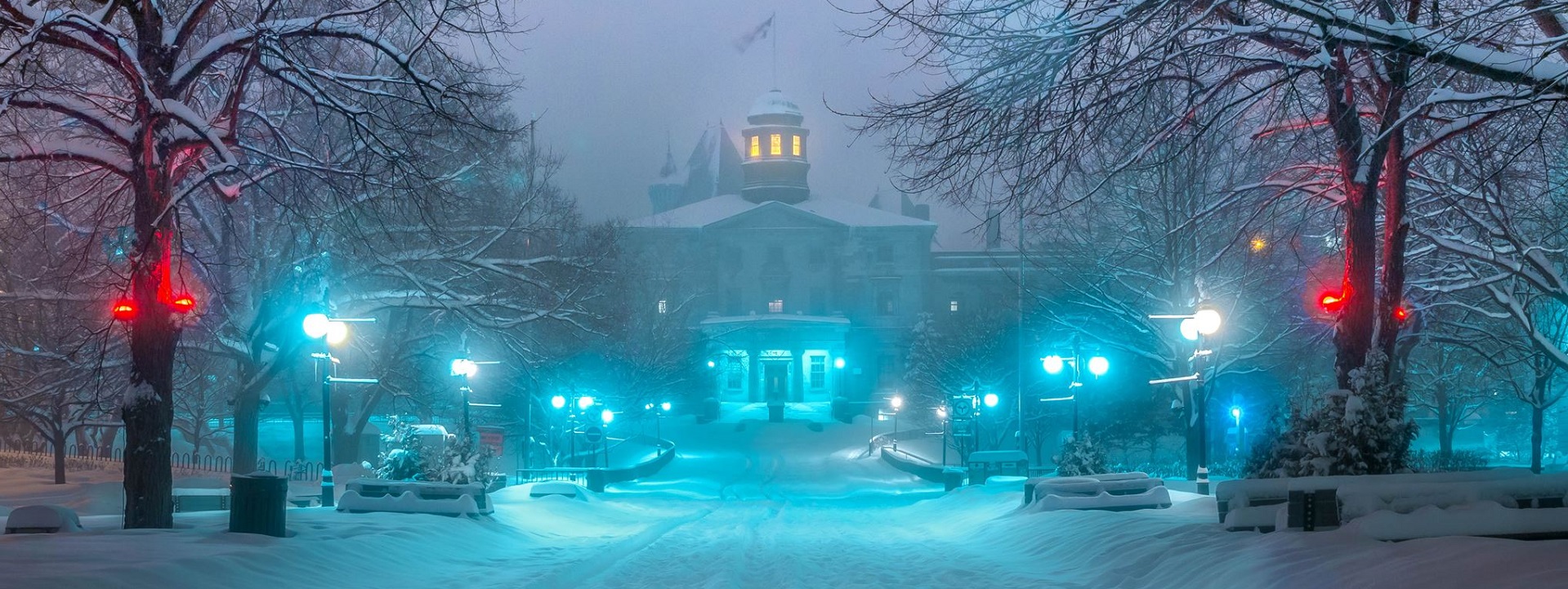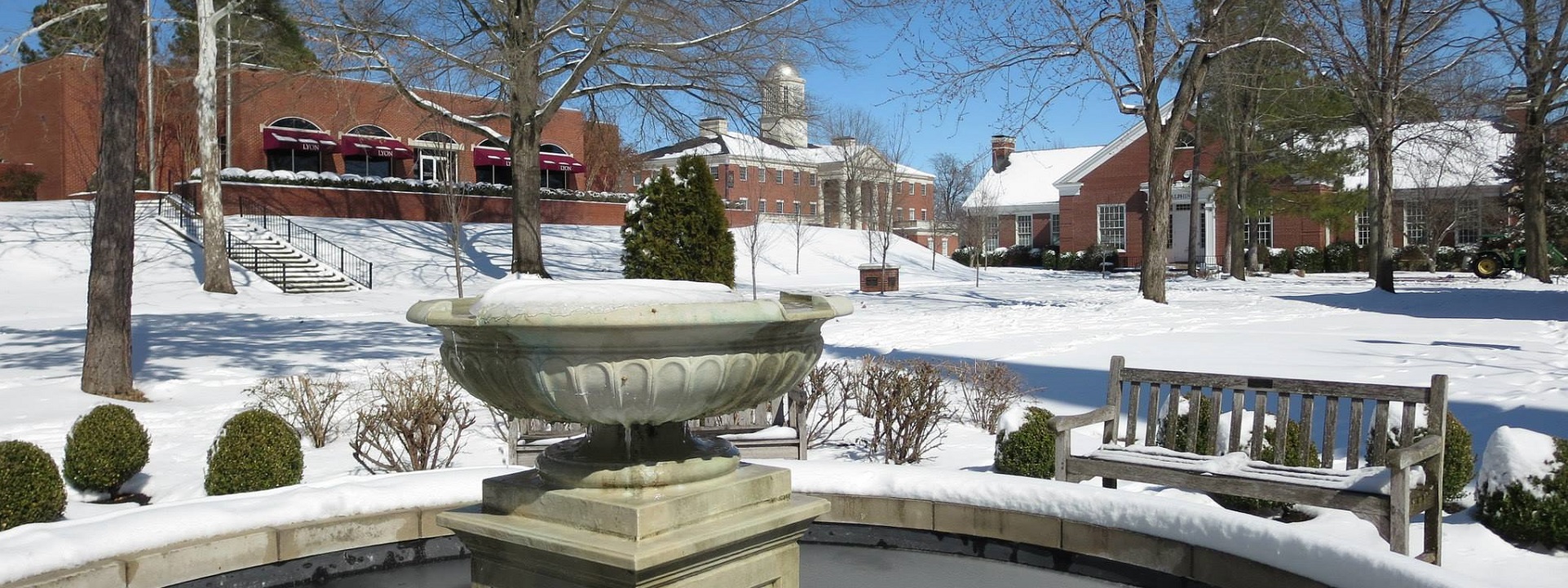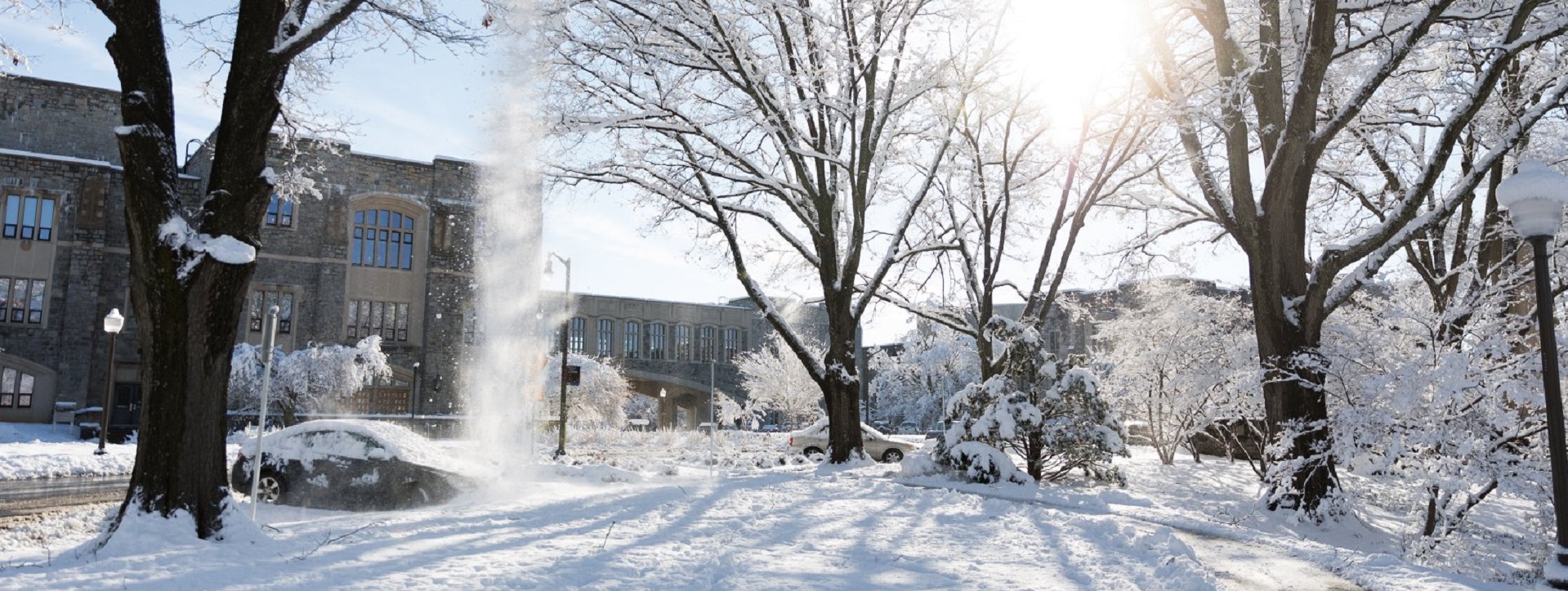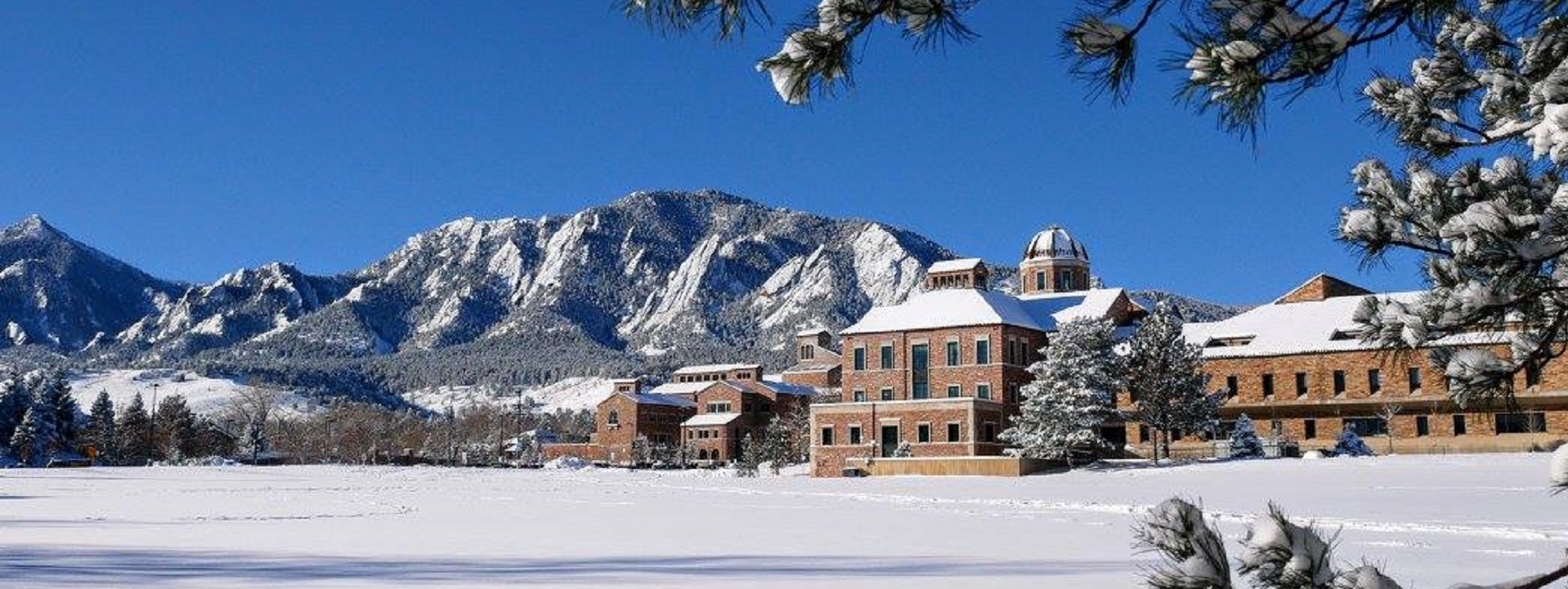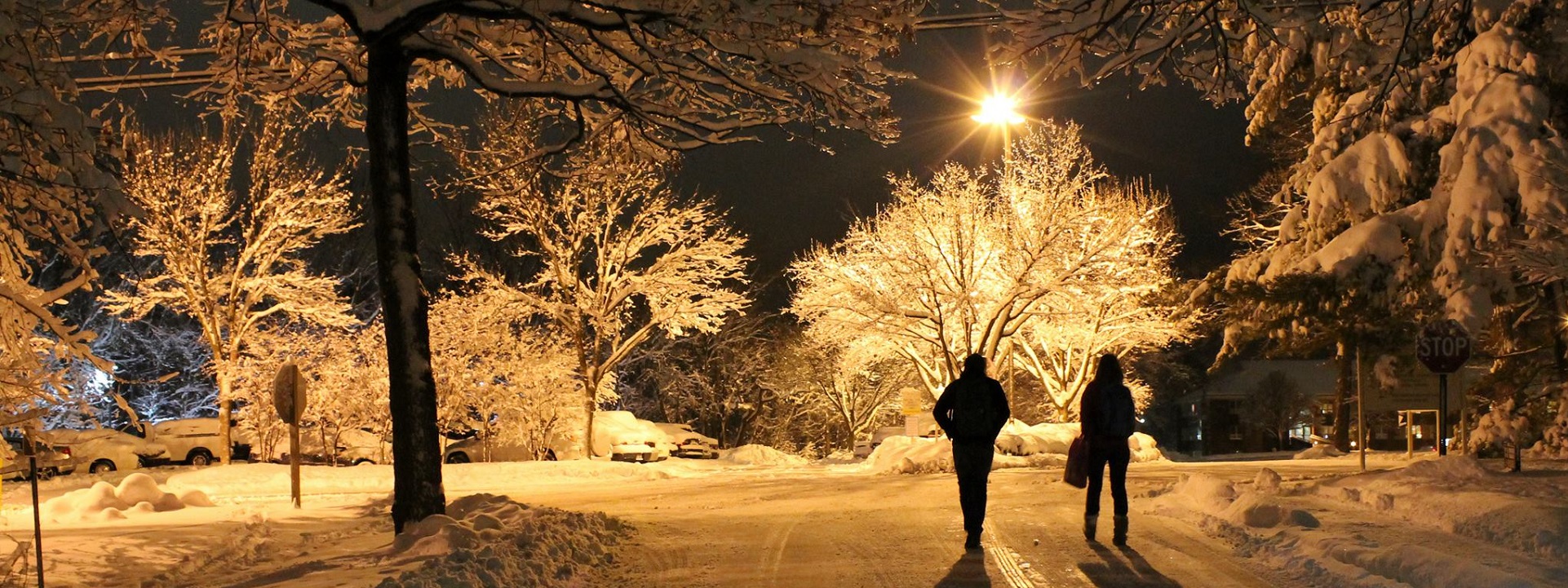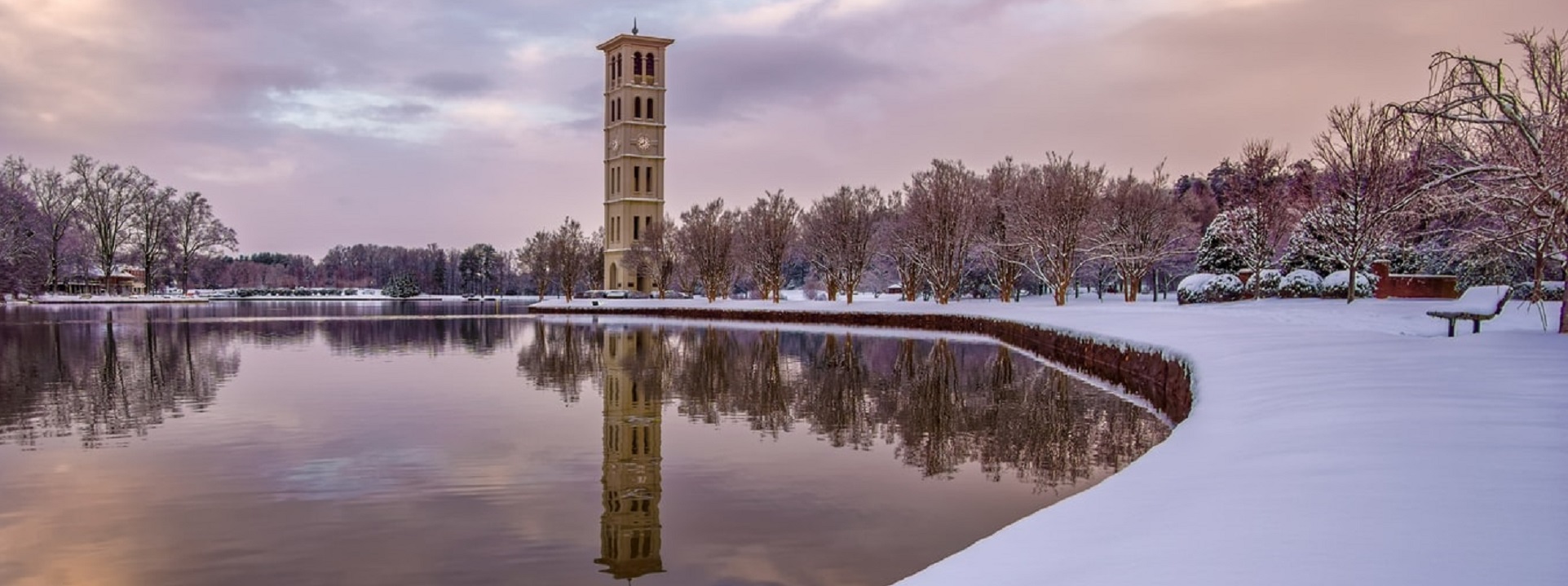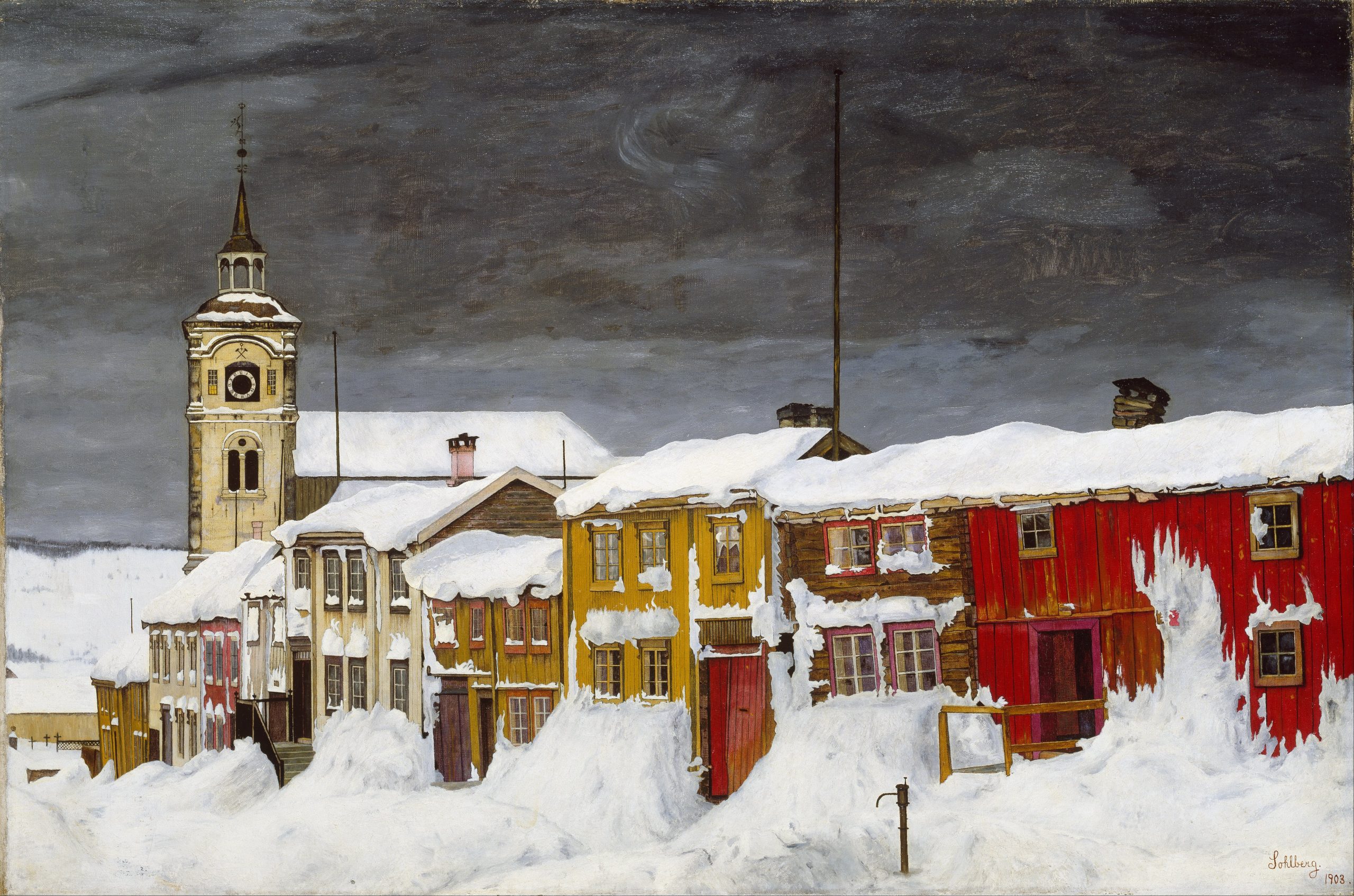
“Street in Røros in Winter” 1903 Harald Sohlberg

The National Electrical Contractors Association best practice catalog features a suite of titles (National Electrical Installation Standards to meet the intent of the National Electrical Code (NEC); particularly where the NEC asserts that an installation be constructed in a “neat and workmanlike manner”. As anyone who has had to reckon with the subjectivity of the local electrical inspector knows, the determination of “neat and workmanlike” can be mighty subjective. The NECA documents are used by construction owners, specifiers, contractors and electricians to clearly illustrate the performance and workmanship standards essential for different types of electrical construction. Because the NEC is intended to be primarily a wiring safety standard, the NEIS suite is referenced throughout the National Electrical Code. Electrical shop foremen and front line electricians take note.
NECA Standards and Publication Development Home Page
One of the NECA products that may be of interest to facility managers and risk management units in the education industry this time of year is NECA 202-2013 Standard for Installing and Maintaining Industrial Heat Tracing Systems. About half of the United States deals with snow and ice half the year.
NECA 202 details procedures for the installation, testing, and documentation of electrical freeze protection and process heat tracing systems. Heat tracing cable types covered by this publication include: self-regulating, constant wattage, and zone heating cables and mineral insulated heating cables. 2 is approved as an American National Standard. The 2013 edition is the current edition and will likely need revisiting/revision/reaffirmation as an American national standard soon.
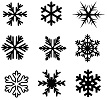
The technical literature that keeps pipes breaking and roofs failing is complicated space. A common conundrum in the construction industry is which discipline (architectural, mechanical or electrical) should specify application of this technology; especially in value-engineering negotiations when each discipline is trying to reduce its unit costs. Control and communication system add another layer of complexity. Several consensus standards occupy this technology; cross referencing one another and leaving gaps
ASCE 7-10 Snow Load Provisions
IEEE 515 Standard for the Testing, Design, Installation, and Maintenance of Electrical Resistance Trace Heating for Industrial Applications
UL 515 Standard for Electrical Resistance Trace Heating for Commercial Applications
IEC 62395 Electrical resistance trace heating systems for industrial and commercial applications
National Electrical Code Article 427
There are codes and standards developed by ASTM International, the International Code Council and ASHRAE International that set the standard of care for pipe insulation for energy conservation purposes but we will deal with the interdependence of standard of care set by those documents in a separate post. Organizations such as FM Global typically derive their customer recommendations from consensus standards developers.
Because heat tracing is a cross-disciplinary technology we maintain it on the standing agenda of several colloquia: Power, Water, Bucolia, Snow & Ice and Mechanical See our CALENDAR for the next meeting; open to everyone. You may obtain an electronic copy of this standard from neis@necanet.org. Communicate directly with Aga Golriz, (301) 215-4549, Aga.golriz@necanet.org.
Participation by the public in reviewing other titles in the NEIS bibliography is welcomed and begins at the page linked below:
Call for Public Review

Issue: [19-24]
Category: Architectural, Electrical, Facility Management, Mechanical, Risk Management,
Colleagues: Eric Albert, Mike Anthony, Jack Janveja, Richard Robben, Larry Spielvogel
More
RESEARCHGATE: HEAT-TRACING OF PIPING SYSTEMS TYPES OF HEAT-TRACING SYSTEMS


With some 36 million square feet under management — and one of the largest campuses in the United States exposed to extreme low temperatures — building industry professionals at the University of Michigan have some experience managing the competing requirements of safety and economy in heat tracing technology.




